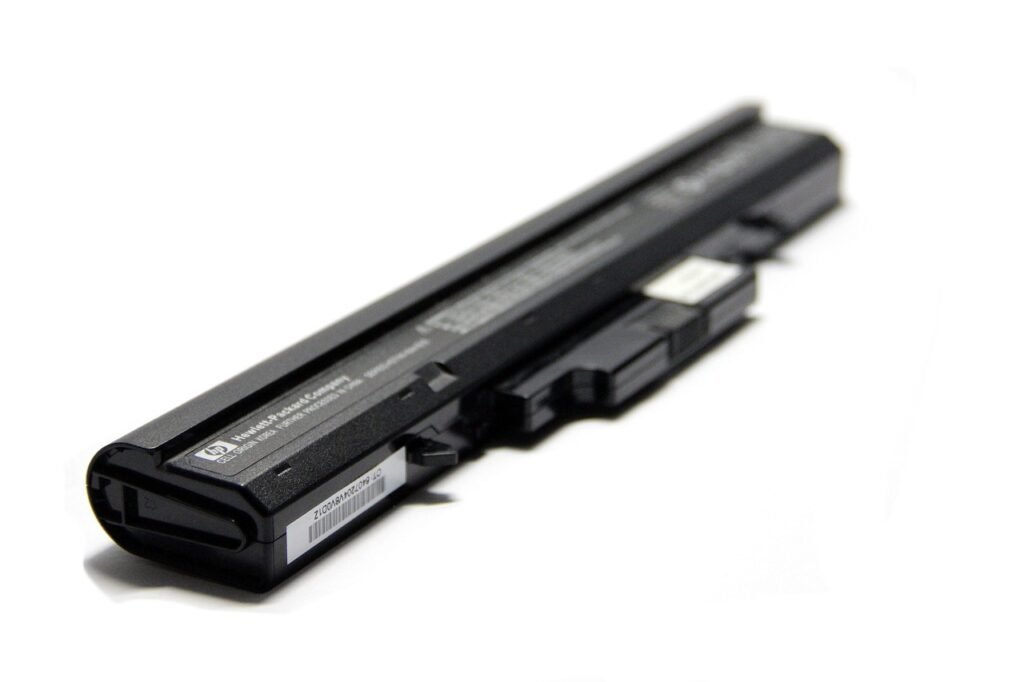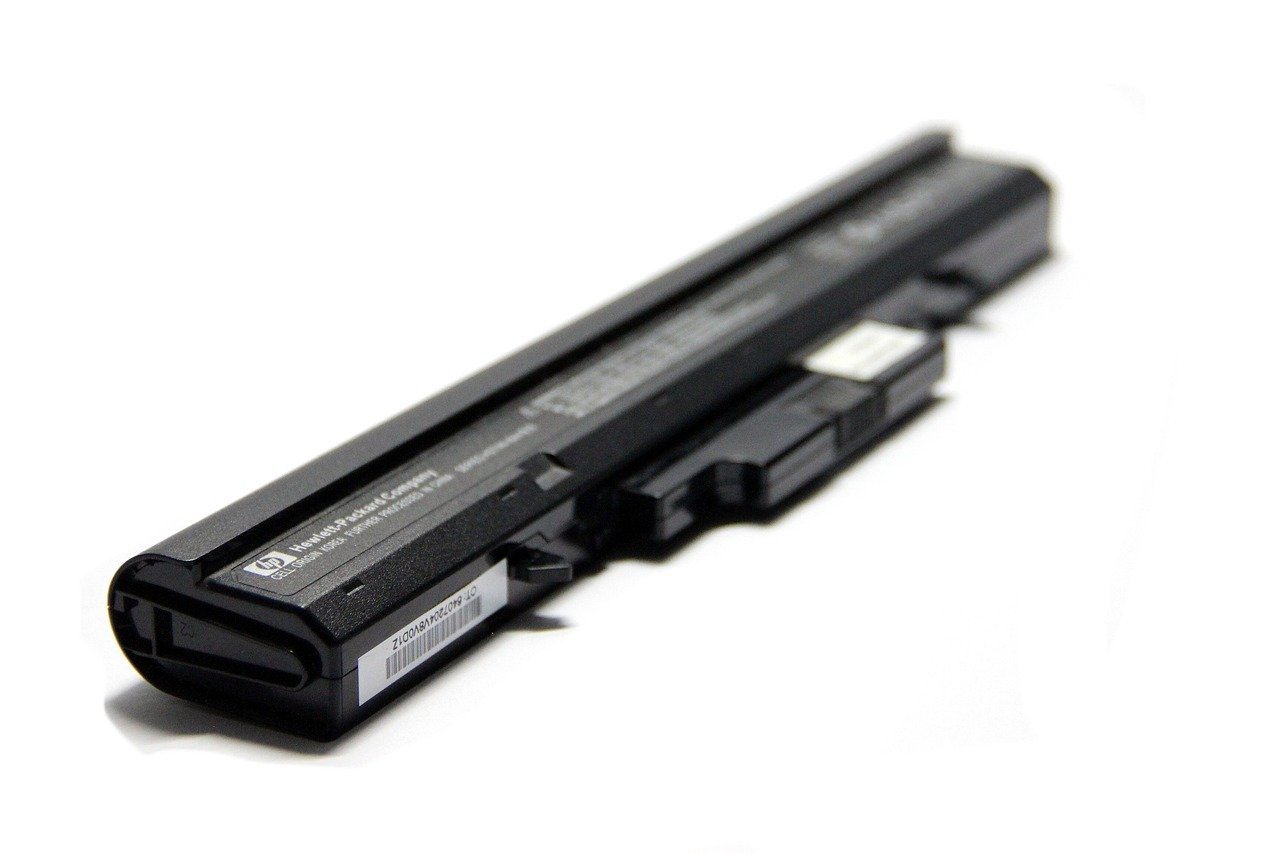Are you tired of constantly running out of battery on your laptop? If so, then this article is perfect for you. In this article, you will find a collection of proven tips that will help you extend the battery life of your laptop. Whether you use your laptop for work, school, or leisure, these tips will ensure that you can stay connected and productive for longer periods of time without having to constantly search for an outlet. Say goodbye to the frustration of a dying battery and hello to a longer-lasting laptop experience. So, let’s get started!

This image is property of pixabay.com.
Optimize Power Settings
When it comes to optimizing your laptop’s power settings, there are several steps you can take to ensure that you maximize battery life. One of the easiest ways is to lower the brightness of your LCD display. Most laptops have a dedicated function key that allows you to adjust the brightness on the fly. By keeping it at a lower level, you can significantly reduce power consumption.
Another way to optimize power settings is by disabling unnecessary background apps. Many programs tend to run in the background even when you’re not using them, consuming power and draining your battery. Take the time to go through your list of installed apps and close any unnecessary ones to conserve energy.
It’s also important to adjust your sleep and hibernate settings. When you’re not actively using your laptop, it’s beneficial to have it enter sleep mode or hibernate. Sleep mode allows your laptop to quickly resume activity when you’re ready to use it again, while hibernate mode saves your current state and shuts down the system to conserve power. Adjusting these settings to activate after a certain period of inactivity can help extend your laptop’s battery life.
Manage Wi-Fi and Bluetooth
The Wi-Fi and Bluetooth features on your laptop can also contribute to draining your battery. To conserve power, it’s a good idea to turn off Wi-Fi when it’s not in use. If you’re working offline or don’t need to connect to the internet, disabling Wi-Fi can significantly reduce the battery consumption, giving you more time on a single charge.
Similarly, limiting Bluetooth usage can help extend your laptop’s battery life. Bluetooth requires power to stay active and search for nearby devices. If you don’t need to connect any Bluetooth peripherals, it’s best to keep it turned off.
Reduce CPU Usage
Your laptop’s CPU is one of the main power consumers. By reducing CPU usage, you can effectively prolong your battery life. One way to achieve this is by closing unnecessary programs. Many applications automatically run in the background or launch at startup, contributing to increased CPU usage. By closing these programs when they’re not needed, you can save energy and extend your laptop’s battery life.
Using lightweight apps is another way to reduce CPU usage. These applications are designed to be more efficient and utilize fewer system resources compared to their larger counterparts. By opting for lightweight apps, you can lessen the strain on your CPU and ultimately reduce power consumption.
Disabling automatic updates can also help minimize CPU usage. While updates are essential for maintaining your laptop’s security and functionality, they can also be resource-intensive. By manually updating your software and temporarily disabling automatic updates, you can conserve power and improve battery life.
Manage System Resources
To optimize your laptop’s power usage, it’s crucial to manage system resources efficiently. One step you can take is to remove unnecessary startup programs. Many applications are configured to launch automatically when you turn on your laptop, even if you don’t need them right away. By reviewing your startup programs and disabling unnecessary ones, you can reduce resource usage and extend battery life.
Using efficient antivirus software is essential for protecting your laptop from threats, but it’s also important to choose software that is optimized for power usage. Some antivirus programs can be resource-heavy, significantly impacting your laptop’s battery life. By selecting an antivirus solution that is lightweight and efficient, you can maintain security without sacrificing power efficiency.
Keeping your drivers updated is another vital aspect of managing system resources. Outdated drivers can cause issues and potentially increase power consumption. Regularly checking for driver updates and installing the latest versions can help ensure that your laptop operates at optimal efficiency, maximizing battery life.
Manage Battery Charging
To maintain the longevity of your laptop’s battery and optimize its overall performance, it’s crucial to manage battery charging effectively. One key tip to remember is to avoid frequent full discharges. While it may seem intuitive to completely drain your battery before recharging, this can actually diminish its capacity over time. It’s best to recharge your laptop when the battery level is around 20-30%, preserving its overall health.
Calibrating the battery periodically is another important step. Battery calibration involves fully charging your laptop and then allowing it to discharge completely. This process helps the laptop accurately measure the battery’s capacity, ensuring that battery usage and remaining time estimates are more reliable.
Optimizing charging cycles is also beneficial for your laptop’s battery life. Lithium-ion batteries, which are commonly used in laptops, function best when they are charged in short bursts rather than one continuous charge. By charging your laptop in intervals and avoiding constant, prolonged charging sessions, you can help prolong the lifespan of your battery.
Turn Off Visual Effects
While visually appealing, certain animations and effects on your laptop can consume significant amounts of power. To maximize battery life, it’s best to disable animated wallpapers. These dynamic backgrounds require processing power, which leads to increased energy consumption. Opting for a static wallpaper or a simple background can help conserve battery power.
Minimizing window animations is another effective method to reduce power usage. When you open and close windows, your operating system might visually animate these actions. While these animations may enhance the user experience, they also require additional resources. Disabling or reducing these animations through your system settings can contribute to extending your laptop’s battery life.
Use Power-Saving Browser Settings
Web browsing is a common activity on laptops, and certain browser settings can impact your laptop’s power consumption. One way to save power is by disabling Flash Player. Flash content can be resource-intensive and drain your battery quickly. Most modern browsers have options to disable or block Flash content by default, which can help reduce power usage when browsing the web.
Enabling ad blockers is another useful tip for optimizing power settings while browsing. Online advertisements often contain multimedia elements that require more processing power and energy to load and display. By enabling ad blockers, you can prevent these resource-heavy ads from showing up, reducing power consumption and improving battery life.
Keep Your Laptop Cool
Heat is an enemy of laptop batteries and can significantly impact their lifespan. To prevent overheating, it’s important to keep your laptop cool. One way to achieve this is by regularly cleaning the cooling vents. Over time, dust and debris can accumulate in these vents, obstructing airflow and causing the laptop’s temperature to rise. By using compressed air or a soft brush, you can carefully clean the vents and ensure proper cooling.
Using laptop cooling pads is another effective method to maintain low operating temperatures. These pads, which are designed to be placed underneath your laptop, help dissipate heat and provide additional airflow. Cooling pads can be particularly beneficial if you use your laptop for extended periods or engage in resource-intensive activities such as gaming or video editing.
Use Battery-Saving Modes
Most laptops offer battery-saving modes or power plans that are specifically designed to decrease power consumption. Activating battery saver mode is an effective way to optimize power settings. When enabled, battery saver mode adjusts various settings, such as screen brightness, background activities, and system performance, to maximize battery life. By utilizing this mode, you can significantly prolong your laptop’s usage on a single charge.
Alongside battery saver mode, power plans provide options to customize power settings based on your usage preferences. These plans allow you to adjust settings such as processor performance, screen brightness, and system sleep timers. By selecting a power plan that suits your needs, you can fine-tune power consumption and extend your laptop’s battery life according to your requirements.
Consider External Battery Options
If you often find yourself needing additional battery life beyond what your laptop can provide, there are external battery options available. Power banks, also known as portable chargers, offer a convenient way to charge your laptop on-the-go. These compact devices store power and can be easily carried in a bag or pocket. When your laptop’s battery is running low, you can connect it to a power bank for instant charging without needing a power outlet.
Investing in a second battery is another option to consider. Some laptops allow you to swap out the internal battery with a fully charged spare battery. This can be particularly useful if you find yourself in situations where access to a power outlet is limited. Having a spare battery allows you to easily extend your laptop’s battery life without the need for external charging devices.
By implementing these tips and best practices, you can effectively extend your laptop’s battery life and ensure optimal power usage. It’s important to keep in mind that every laptop model and user situation may vary, so it’s always a good idea to experiment with different settings and find what works best for you. With proper management of power settings, system resources, and charging habits, you can enjoy longer battery life and enhanced productivity on your laptop.
